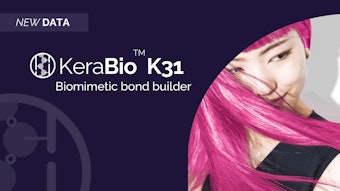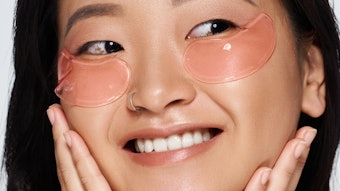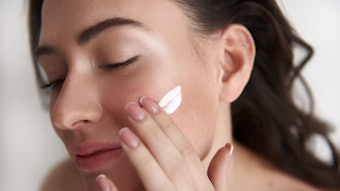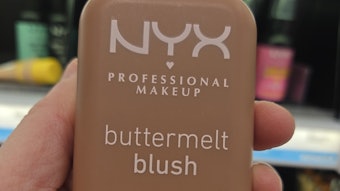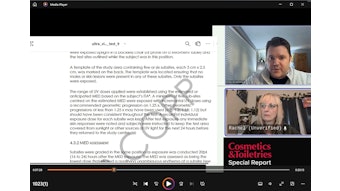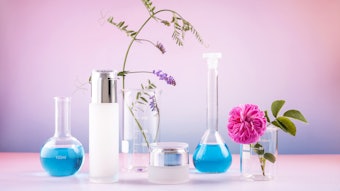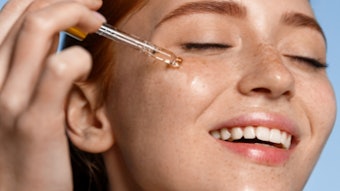
Consumers have grown wise to the fact that UV can damage their skin, yet esthetic appeal drives them toward the sun, to produce melanin-bronzed skin. Assuming consumers apply sunscreens properly, how can product developers ensure they are protected?
Log in to view the full article
Consumers have grown wise to the fact that UV can damage their skin, yet esthetic appeal drives them toward the sun, to produce melanin-bronzed skin. Assuming consumers apply sunscreens properly, how can product developers ensure they are protected?
One answer, according to Beiersdorf inventors, is the sun protection agent 4-(tert-butyl)-4'-methoxydibenzoylmethane, a customary UV-A filter. However, this filter is known for its photoinstability, decomposing slowly under UV-B especially if no additional stabilizers, e.g., octocrylene, are added to its formula.
Furthermore, 4-(tert-butyl)-4'-methoxydibenzoylmethane is not easily soluble in cosmetic preparations and crystallizes out relatively rapidly, which also affects the durability and storage stability of the sunscreen agents. In response, a relatively new approach to solving these issues is to prepare chemical precursors of 4-(tert-butyl)-4'-methoxydibenzoylmethane.
The precursors transform upon application under sunlight into the desired 4-(tert-butyl)-4'-methoxydibenzoylmethane. While said precursors are described in the prior art, existing solutions convert relatively slowly and incompletely. Therefore, this invention aims to develop sunscreens containing 4-(tert-butyl)-4'-methoxydibenzoylmethane in which the photochemical conversion reaction takes place more rapidly and completely.
Sunscreen containing avobenzone precursor
WIPO Patent Application WO/2017/102302
Publication date: June 22, 2017
Assignee: Beiersdorf AG
Described in this patent application are sunscreen preparations containing isosorbide dicaprylate and 4-(tert-butyl)-4'-methoxydibenzoylmethane. According to the inventors, this combination surprisingly provided the desired effects.
In a preferred embodiment, one preparation contained 4-(tert-butyl)-4'-methoxydibenzoylmethane at 1% to 4.75% w/w and isosorbide dicaprylate at 0.1% to 15% w/w. For additional details, see the full patent disclosure (in German).



